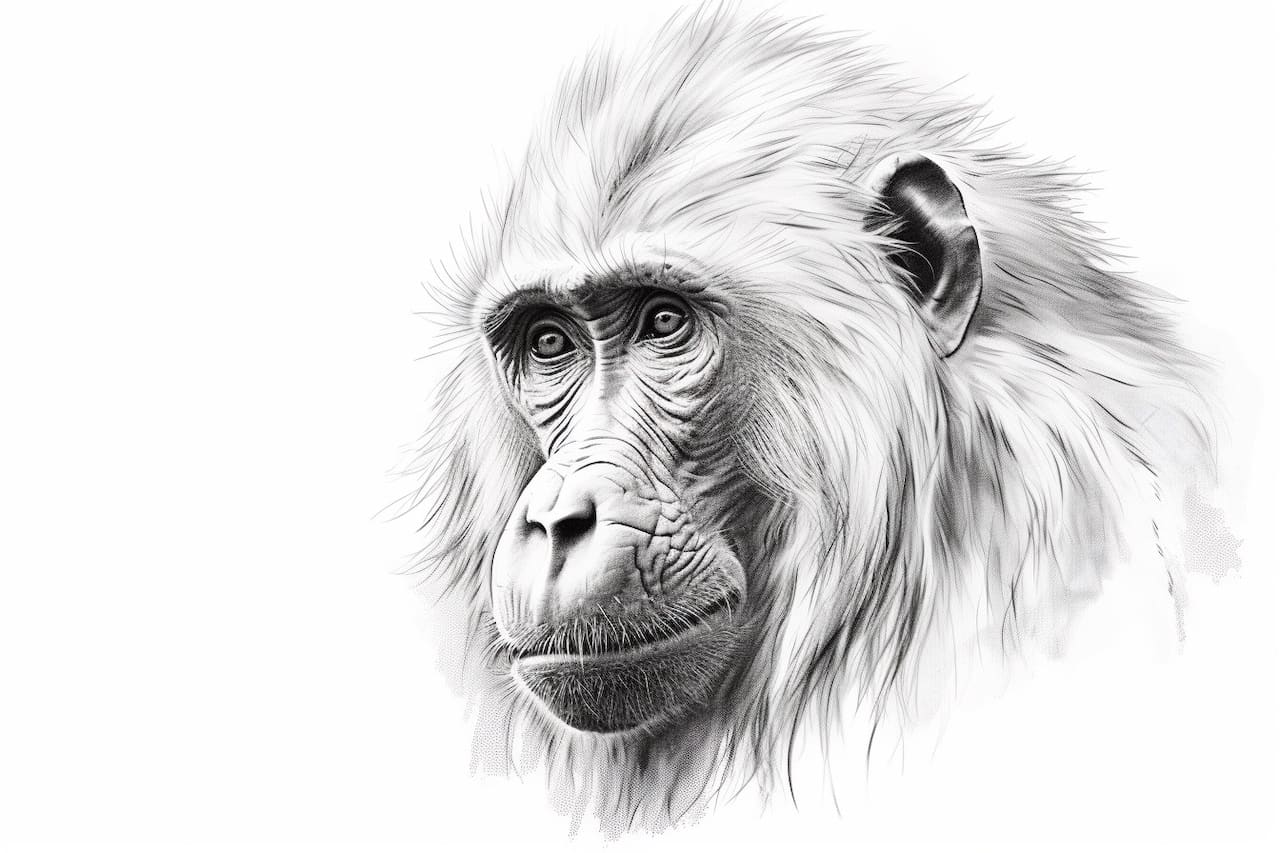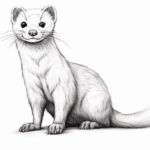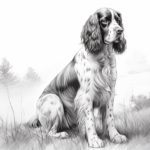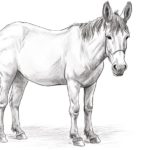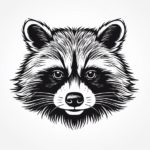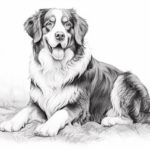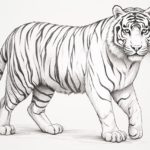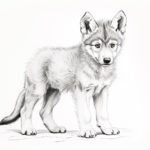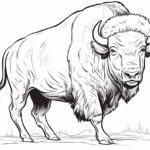Welcome to this step-by-step guide on how to draw a baboon! Baboons are fascinating animals known for their distinctive features, such as their long snouts, sharp teeth, and expressive faces. Whether you’re an aspiring artist or simply looking for a fun creative activity, this tutorial will help you bring a baboon to life on paper. So grab your drawing tools, get ready to unleash your creativity, and let’s begin!
Materials Required
Before we dive into the steps, let’s gather the materials you’ll need for this drawing:
- Drawing paper or sketchbook
- Pencil (preferably with different degrees of hardness)
- Eraser
- Fine-tip black marker or pen
- Colored pencils or markers (optional)
Now that you have everything ready, let’s get started on drawing a baboon!
Step 1: Basic Shapes
To begin, let’s start by outlining the basic shapes of the baboon’s head and body. Use your pencil lightly, as these lines will be refined later. Start with an oval shape for the head, slightly tilted to one side. Then, draw a smaller circle for the baboon’s body, connecting it to the head with a curved line.
Step 2: Facial Features
Next, we’ll focus on adding the baboon’s facial features. Start by drawing two circles for the eyes, slightly overlapping the top part of the head oval. Inside each eye, draw a smaller circle to represent the iris. Leave a small white highlight in each eye to add depth.
Baboons are known for their prominent snouts, so let’s draw one by extending a curved line from the bottom of the head. Add two curved lines to form the mouth, and a dot or small circle to indicate the nose. Baboons also have large ears, so sketch two oval shapes on either side of the head.
Step 3: Adding Details
Now, let’s add some details to our baboon drawing. Start by refining the shape of the baboon’s head, making it more rounded and defining the jawline. Use short, curved lines to outline the baboon’s facial contours, emphasizing the strong features. Add small curved lines around the eyes to represent eyelashes and eyebrows.
Refine the shape of the snout, making it more three-dimensional. Add a curved line to create the separation between the upper and lower lips, and add a few lines to indicate the nostrils. Don’t forget to bring more definition to the baboon’s ears by adding some curved lines and details.
Step 4: Fur and Texture
Now it’s time to bring our baboon to life by adding fur and texture. Using short, curved lines, draw the outline of the baboon’s fur, paying attention to the direction in which the hair grows. Start from the top of the head and work your way down to the body. Add some overlapping curved lines to create the impression of fur, especially around the edges.
Use your eraser to gently remove the unnecessary lines and guide marks, keeping only the main outlines and shapes of the baboon. This will make your drawing appear cleaner and more defined.
Step 5: Inking
Now that we’re satisfied with our pencil sketch, it’s time to ink our baboon drawing. Take a fine-tip black marker or pen and carefully go over the outlines and main features of the baboon. Use confident and smooth strokes, and be careful not to smudge the ink as you work.
After you’ve finished inking, let the ink dry completely before erasing any remaining pencil lines. This will ensure that your baboon drawing looks neat and professional.
Step 6: Adding Color (Optional)
If you want to add some color to your baboon drawing, now is the time! Consider using colored pencils or markers to bring your baboon to life. Observe reference images of baboons to accurately recreate their unique coloration.
Start by adding a base color to the baboon’s face, body, and ears. Layer different shades to create depth and texture. Then, carefully add color to the eyes, nose, and other facial features. Experiment with different colors to give your baboon a personal touch!
Conclusion
Congratulations on completing your baboon drawing! By following these step-by-step instructions, you’ve learned how to draw a baboon from basic shapes to intricate details. Remember, practice makes perfect, so don’t be afraid to try again and experiment with different poses and expressions.
Drawing animals like baboons not only allows you to explore your artistic skills but also enables you to appreciate and understand these incredible creatures. So keep drawing, exploring, and expressing yourself through art!

